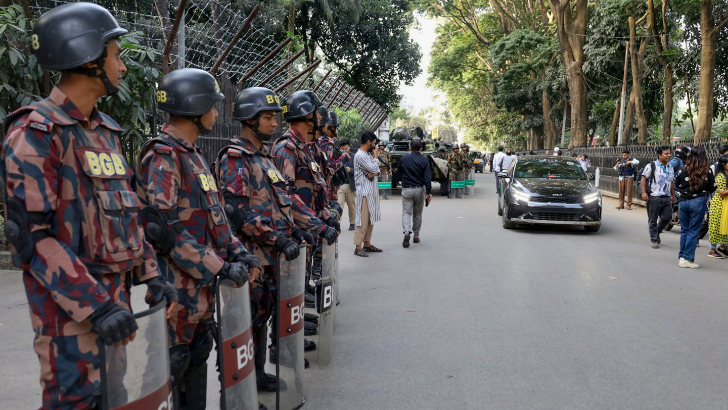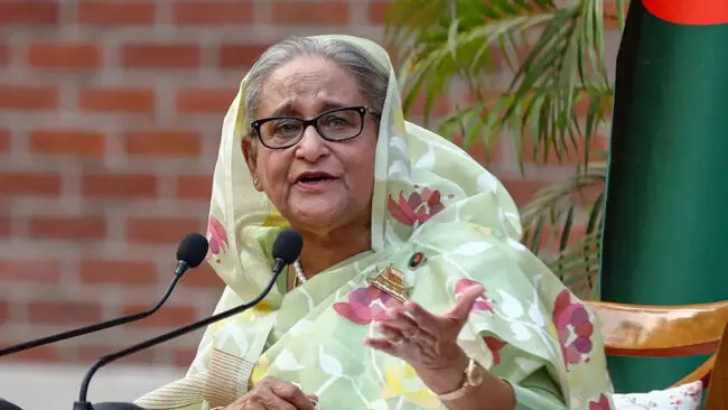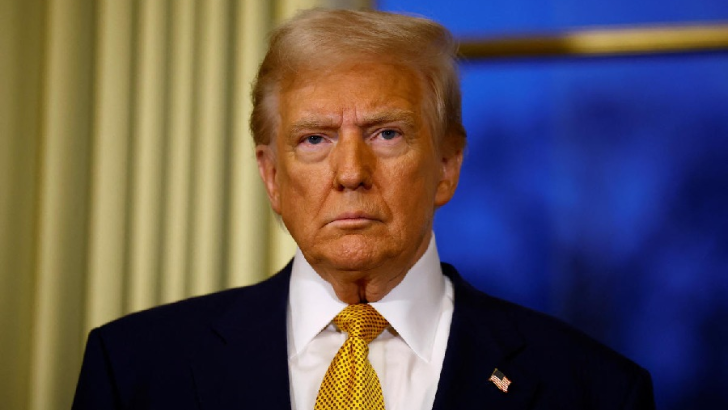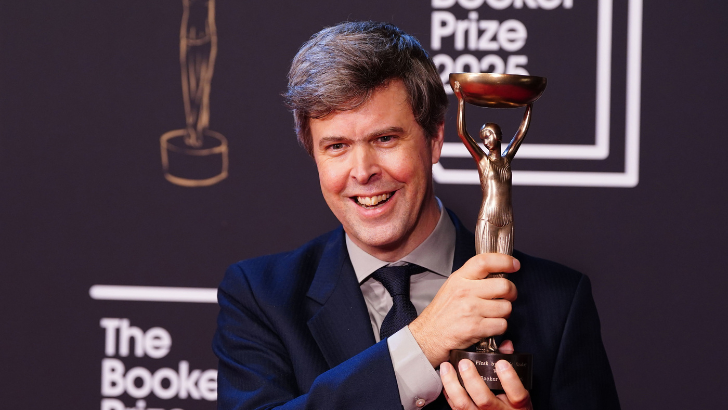What Alaska summit with Putin means for Trump's second presidency
As with any meetings involving Trump, expectations are low and anxieties are high in the run-up to the US-Russia summit.
PTI
-
Kyiv’s European allies have made it clear that they will not abandon Ukraine. Photo: Wikimedia Commons
London, 15 Aug
What happens when a convicted felon and a man under
indictment for alleged war crimes get together? What sounds like the opening
line of a great joke, sadly, is probably the defining meeting of the second
term of Donald Trump as US president.
As with any meetings involving Trump, expectations are low
and anxieties are high in the run-up to the US-Russia summit in Alaska on 15 August.
The White House, and Trump himself, have played down
expectations of an imminent breakthrough towards peace in Ukraine, claiming
that this would be “a feel-out meeting” to determine whether a ceasefire is
possible.
In typical hyperbole, the US president added that he was
confident that it would probably only take him two minutes to know whether a
deal is possible.
A subsequent threat that “there will be very severe
consequences” if Putin does not agree to stop the fighting appears somewhat
hollow now given that the reward for Putin ignoring Trump’s last deadline was
an invitation to the US.
While framed almost solely as a meeting about the Russian war against Ukraine, it would be naive to assume that this is all that is on Trump’s agenda. There are two possible deals Trump could try to make: a deal with Putin on a ceasefire for Ukraine and a deal resetting relations between Russia and the US. Trump is interested in both, and he does not see them as mutually exclusive.
Trump has long talked about a ceasefire, and is probably genuinely keen for the fighting to stop. He probably also sees value in a ceasefire agreement in his quest for the Nobel peace prize. There have been serious and justified misgivings in Ukraine and among Kyiv’s European allies that this two-way get-together will take place without any Ukrainian or European participation.
This has prompted a flurry of diplomatic activity within
Europe and across the Atlantic. Ukraine’s red lines have been clearly set out
and fully backed by European leaders.
Neither will accept full legal recognition of the kinds of
land swaps that both Trump and his secretary of state, Marco Rubio, have
suggested. Security guarantees and Russian reparations for the damage done to
Ukraine in three-and-a-half years of war are other likely stumbling blocs.
If there is a deal on a ceasefire, this will probably take the form of a broad and ambiguous framework that all sides would subsequently interpret differently. Part of such a framework would likely be a timeline and conditions for a Trump-Putin-Zelensky summit – most likely again without European participation.
This would be another gift for the Russian president as it
would potentially put Zelensky in a position where both Trump and Putin would
pressure him to accept an unfavourable deal or lose all US support.
By contrast, a US-Russia reset would be a more
straightforward business deal – primarily with US economic interests in mind,
but with significant geopolitical implications. There are few signs that Trump
has given up on his agenda to “un-unite” Russia and China.
But, importantly, this is less about new American alliances
and more about Trump’s ideas of re-ordering the world into American, Russian
and Chinese spheres of influence. This would be easier to for the White House
to achieve after a reset with the Kremlin.
Likely outcomes
As an outcome of the Alaska summit, such a reset of
US-Russia relations is also most likely to materialise as a framework that
simply identifies areas for future deals between the two sides. Any process to
implement such a bilateral agreement between Moscow and Washington could begin
immediately and run in parallel to any Ukraine negotiations.
This, too, would be a big bonus for Moscow. The Kremlin will
be hoping that the further along things move on the US-Russia reset track, the
more likely Trump will be to back Putin in negotiations with Ukraine.
Putin is clearly more interested in improving bilateral
relations with the US than he is in a ceasefire. He has, for now, skilfully
avoided Trump’s threats of sanctions while his forces have achieved what looks
like an important breakthrough on the battlefield.
This is not necessarily a game changer in the war overall,
but it certainly strengthens Putin’s hand ahead of his meeting with Trump.
His troops’ battlefield success also decreases the urgency
with which the Russian president is likely to approach negotiations – in the
absence of Trump following through on his recent ultimatum threats, and with
Ukraine and its European allies shut out of their meeting, Putin has every
incentive to play for more time.
But Putin has to tread a careful line, bearing in mind that
Trump got increasingly frustrated when, after seemingly productive phone calls
between them, Putin then launched airstrikes a few hours later.
Putin might offer a limited pause in Russia’s air campaign
to avoid the civilian casualties that Trump has condemned.
But as long as his ground troops make further territorial
gains, he is unlikely to stop – at least until he has full control of the four
Ukrainian regions that the Kremlin has claimed as Russian in addition to
Crimea.
Ukraine, by contrast, needs a ceasefire now and then a credible peace deal in which any necessary concessions are minimal and which comes with proper security guarantees. The European-led coalition of the willing appears to offer such guarantees now, and Trump might even support this.
But this is no guarantee that the US president will not flip
again to take Putin’s side and push for an overly pro-Russian deal at a future
three-way summit. During such a summit, even if it were just a scripted signing
ceremony, there is every chance that Trump would go off-script or that Putin
would manipulate him to do so.
This could then derail in a way similar to what happened
during the White House row between Trump and Zelenskyy on 28 February.
Kyiv’s European allies have made it clear that they will not abandon Ukraine. For all his deal-making bluster, a similar commitment is unlikely to be made by Trump.
Leave a Reply
Your email address will not be published. Required fields are marked *











.png)

.png)
.png)
.png)
.png)



